The name, design, and key finger gestures of Meta’s smart glasses with a HUD and neural wristband, expected to launch in October, have leaked.
The Verge, The Information, The Financial Times, and Bloomberg’s Mark Gurman have all previously reported that Meta intends to release smart glasses with a small heads-up display (HUD) in one eye later this year, codenamed Hypernova.
These reports suggest that the HUD will be used to show the time, weather, and notifications, to frame and preview photos, for turn-by-turn navigation, and to optionally display Meta AI responses as text instead of audio.
In April, Mark Gurman reported specific features and details of Hypernova, including a planned price of “over $1000 and as high as $1300 to $1400”, and the inclusion of Meta’s long-in-development sEMG wristband in the box for finger gesture controls.
Meta HUD Glasses Price, Features & Input Device Reportedly Revealed
A new Bloomberg report details the price and features of Meta’s upcoming HUD glasses, and claims that Meta’s neural wristband will be in the box.
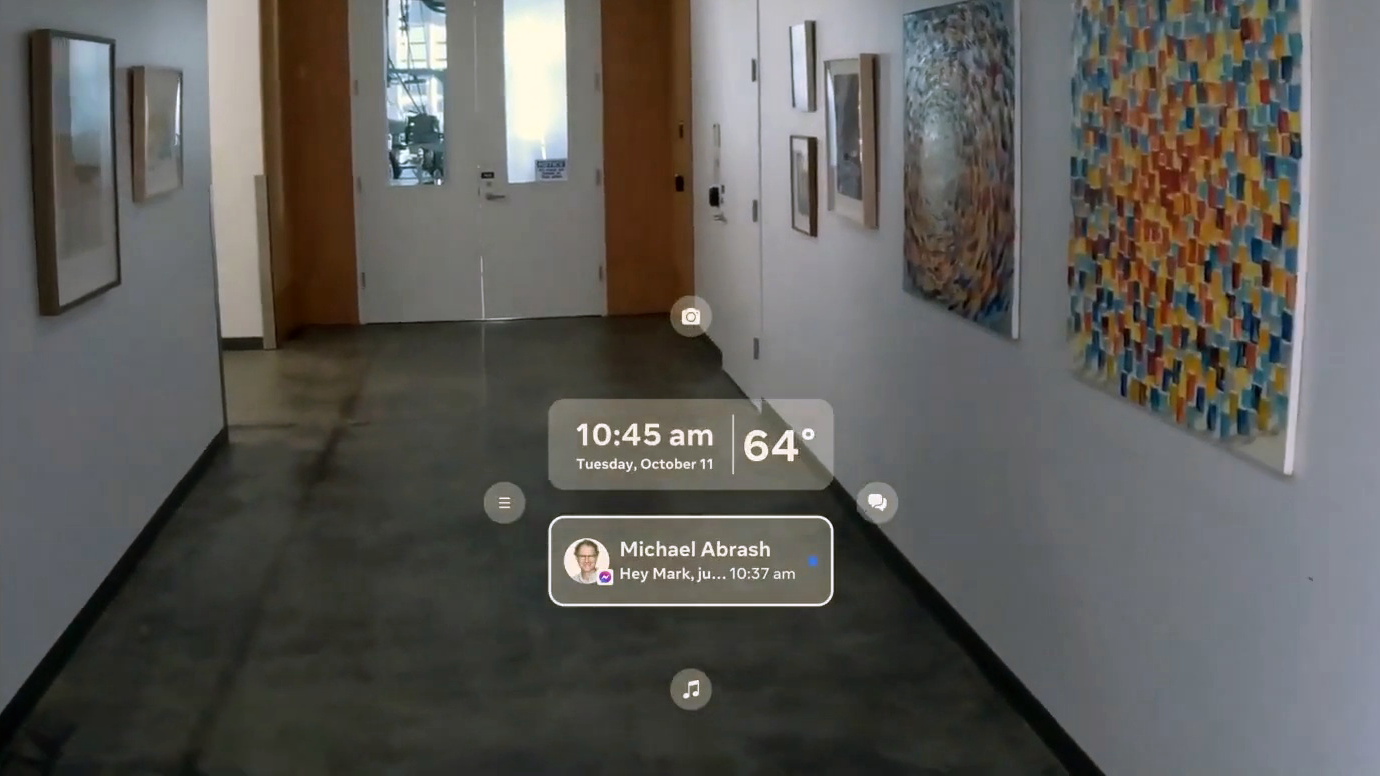
Now, XR dataminer Samulia has discovered early firmware for Hypernova on a public Meta server, and Meta Reality Labs enthusiast Luna and their associates have dug through it to discover visual assets within.
Samulia once discovered many details of Quest Pro in public firmware before it was revealed, and Luna regularly datamines Quest firmware to discover upcoming Horizon OS features and changes.
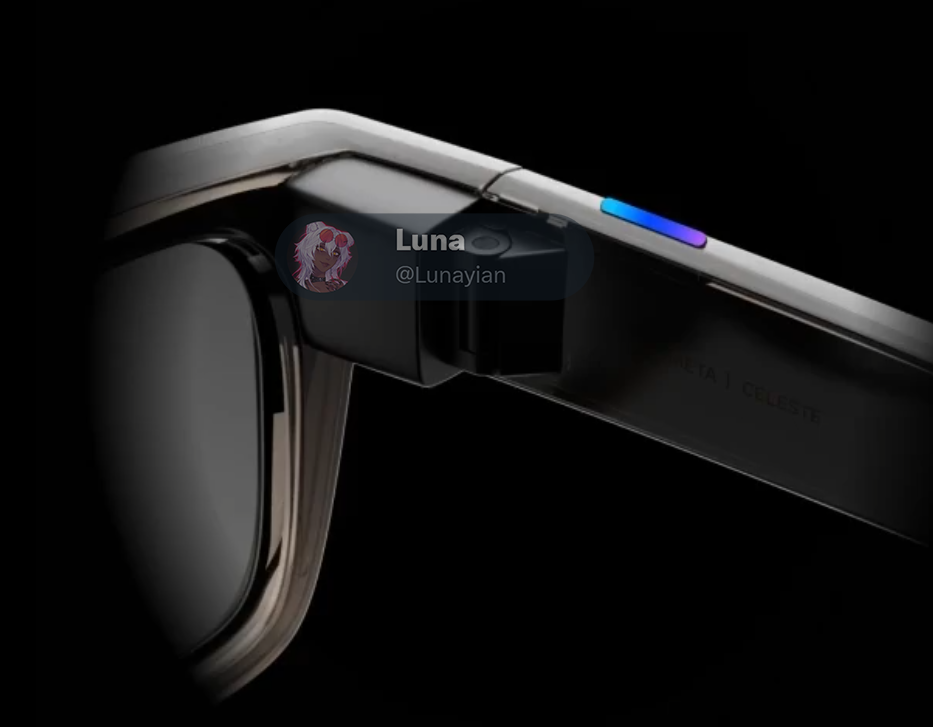
Arguably the most notable finding is a cropped render depicting the inner right area of the glasses.
As well as showing the bulge likely housing the projection system, the image reveals that “Meta | Celeste” is engraved on the inside of the stem. It’s a similar position as “Ray-Ban | Meta” on the company’s current smart glasses, strongly suggesting that Meta Celeste is the product name for the upcoming device. However, it’s also possible that Celeste is just another codename, used to throw off leakers. Apple, for example, called visionOS “xrOS” and Vision Pro “Reality Pro” internally until the day of the reveal, with only a few people in the company knowing the true name.
Two other renders Luna discovered, seen at the top of this article, show the general design of the glasses and neural wristband. Though these renders have much lower resolution, you can clearly see Celeste has a thicker frame and arms compared to Ray-Ban Meta.
We’re reminded of The Information’s report last year, which said that Ray-Ban owner EssilorLuxottica “balked” at the design compromises needed to include a display in smart glasses. That’s seemingly why Celeste is a Meta-branded product, not next-generation Ray-Ban Meta glasses as some other outlets have erroneously assumed.
According to that same report, the HUD glasses should weigh around 70 grams, compared to the 50 grams of the Ray-Ban Meta glasses.
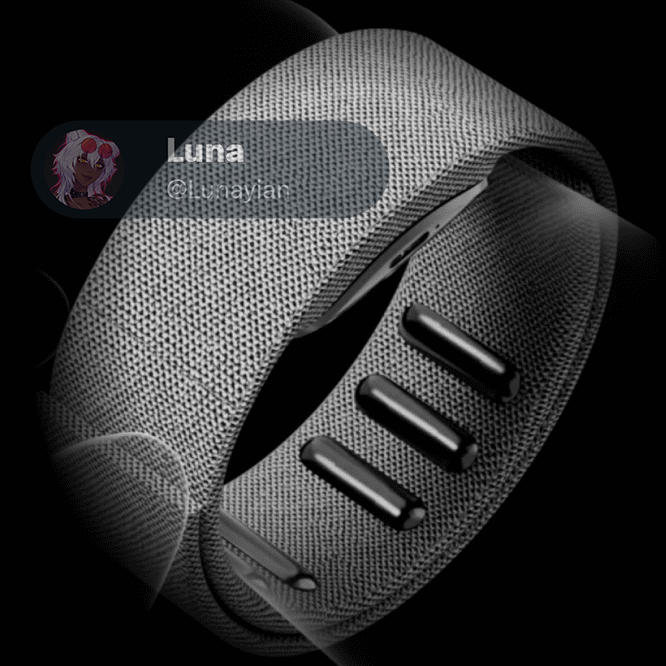
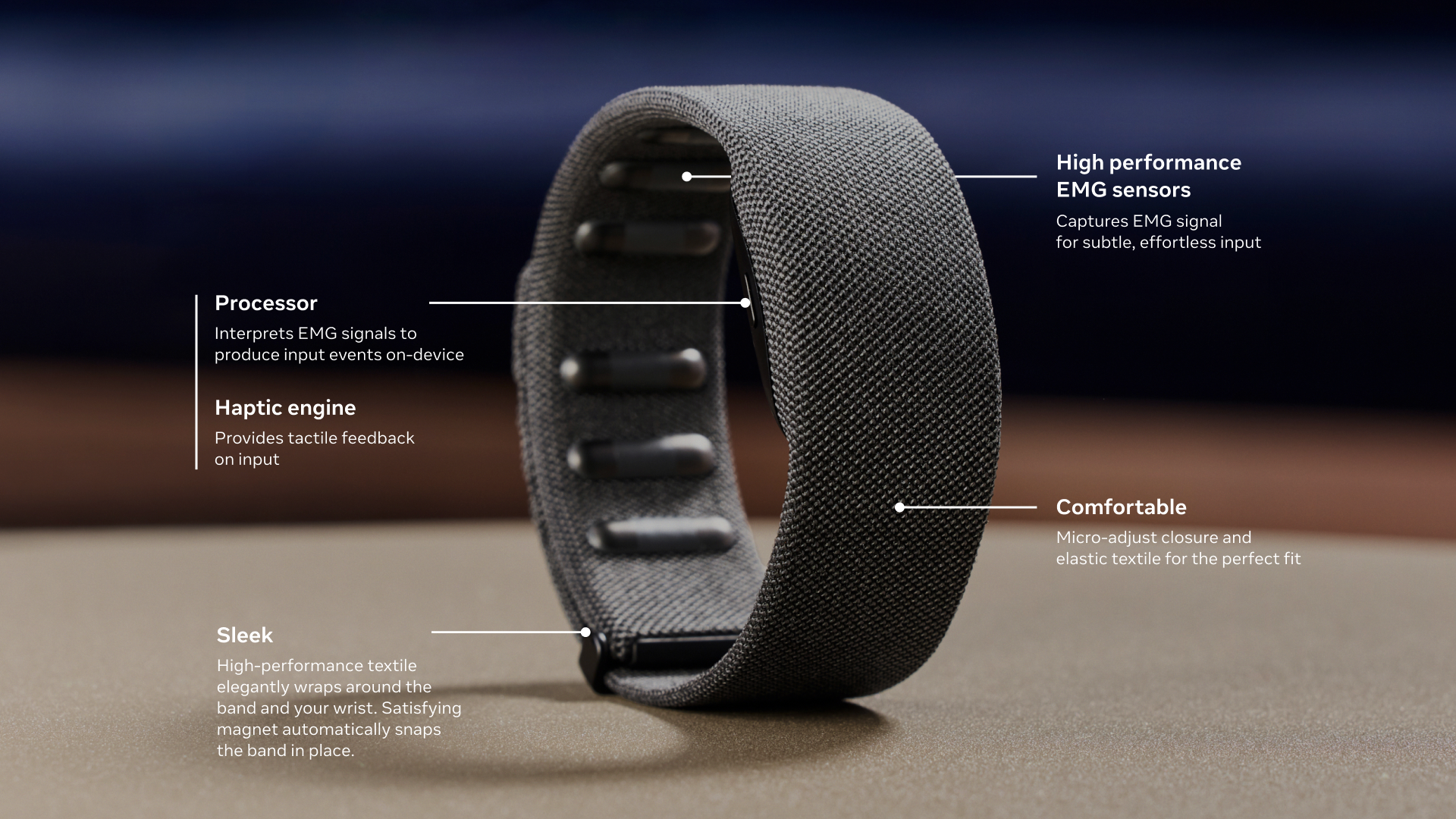
The render of Celeste’s wristband (left) seems identical to Orion’s wristband (right).
Luna also discovered a render of the included sEMG wristband used to control Celeste, and videos that depict the finger gestures it senses.
The design exactly matches the wristband Meta publicly demoed with the Orion AR glasses prototype as the input device, which the company said was codenamed Ceres.
Meta has been working on the wristband since at least 2019, when it acquired a startup called CTRL Labs. The device works sensing the activation of the muscles in your wrist which drive your finger movements, a technique called surface electromyography (sEMG). In theory, it enables precise finger tracking with very little power draw, and without the need to be in view of a camera.
This means you could control the glasses using subtle finger movements while your arm is at rest, instead of needing to raise your hand or speak out loud.
One discovered clip, seemingly from a tutorial, depicts 3 gestures:
- Swiping your thumb forward over the side of your index finger.
- Pinching your thumb to your index finger and “pulling” horizontally.
- Pinching your thumb to your index finger and “pulling” vertically.
Swiping your thumb against the side of your index finger was introduced as a Meta Quest SDK feature in March, called microgestures, and was a key part of the Orion demo. These gestures are likely all used to scroll the Celeste user interface.
Another clip Luna discovered reveals real first-person footage of the Ceres wristband in action during a gesture wherein the wearer pinches their thumb to their index finger and rotates their wrist. This would likely be sensed by the gyroscope of an IMU chip inside the wristband, rather than through sEMG.
It’s unclear exactly what this gesture would be used for, but Luna tells UploadVR that it’s from an internal EMG dogfooding/feedback app bundled with the firmware, with the clip being part of a calibration/input test.
The wristband won’t be the only way to control the Meta Celeste glasses. Luna also found short clips that show it having a similar capacitive sensor on the right arm as the Ray-Ban Meta glasses, and it’s highly likely you’ll be able to use voice commands too via Meta AI.
As to what you’ll actually see in that small display, through your right eye at least, Luna also found icons that appear to be for navigation and weather.
Mark Gurman’s report mentioned a Maps app being available on the glasses, and showing the weather would make sense for the main menu view, as well as possibly a dedicated Weather app.
While Google and Apple have existing mapping services that they can leverage, it’s not yet known what Meta’s strategy here will be. Luna tells UploadVR that there are references to OpenStreetMap in the firmware, and Meta joined OpenStreetMap as a Strategic Member last year. It’s also possible Meta will partner with Microsoft to leverage Bing Maps, as Meta AI on the Ray-Ban Meta glasses already uses Bing Search.

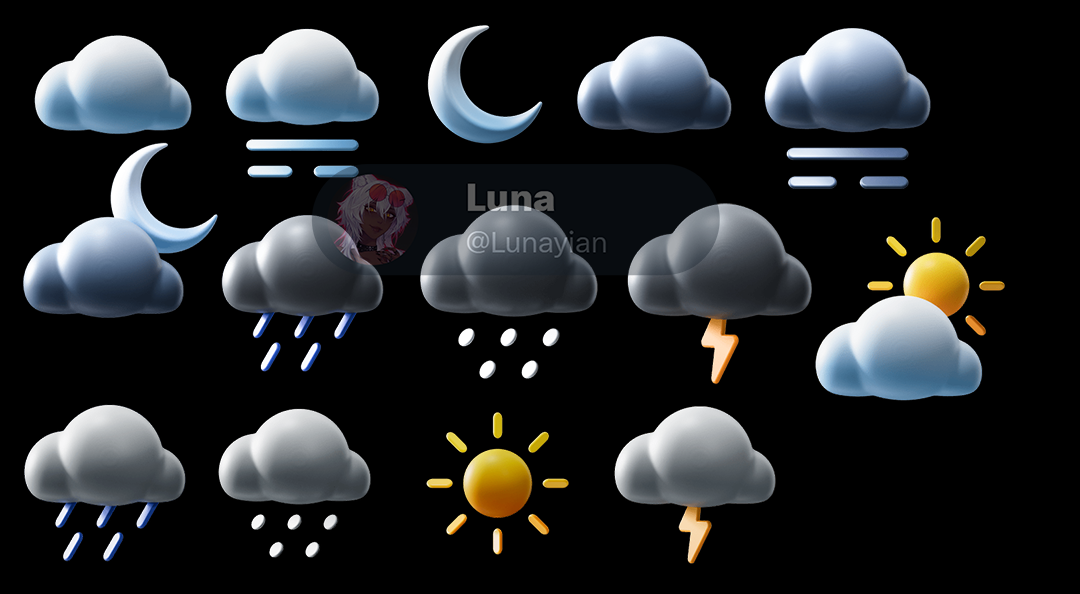
Finally, Luna discovered references to a built-in mini-game called Hypertrail.
According to Luna’s findings, Hypertrail “may be inspired by Galaga or similar but also involve the user’s location in some way”.

Meta Connect 2025 will take place from September 17, and we expect Meta to announce Celeste then and open preorders for shipping in October, assuming it doesn’t get delayed.
In April, Mark Gurman reported that some Meta employees were working weekends to ship the HUD glasses on time. In just over two months, we should know whether these efforts succeeded.